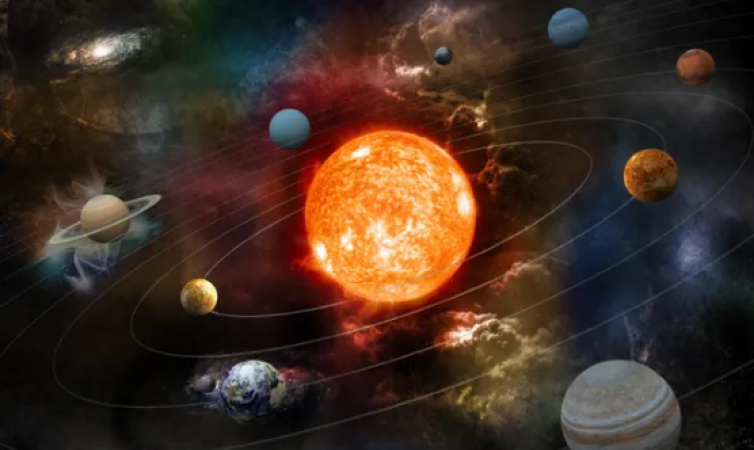
USA: 2023 will be a memorable year for viewing astronomical events in the night sky. There will be something for every ardent sky watcher, from supermoons, the Sun approaching solar maximum, eclipses, meteor showers, comets, and wandering planets. The top astronomical happenings in the upcoming year are listed below. Look them up.
The Quadrantid meteor shower, one of the year's strongest, will be visible in January. They will be brighter than the most brilliant planets. The maximum shower will occur on January 3rd night.
On January 31, Moon and Mars will appear to be close together. This occurrence is known as a conjunction. After sunset, look at the southeast sky to see it.
Also Read: The first phone in the world with 240W fast charging will launch on January 5
On February 1, the comet C/2022 E3 (ZTF) will approach the Earth at its closest point. Binoculars and a dark sky are required for observers to see it.
During the early hours of February 20, constellations like Taurus, Orion, and Pleiades will be visible in the southern sky. Locate a place with little air pollution.
Venus and Jupiter, two of the brightest planets, will align in the sky around March 2. In the early evening, they will be visible in the southwest as distinct, bright points of light.
It will also be spectacular to observe the spring equinox on March 20, when neither hemisphere will be tilted toward or away from the Sun.
Also Read: NASA's Extraterrestrial Technological Advancements in 2022
From April 14 to 30, you can see meteors from the Lyrid meteor shower, which peaks on April 22 and 23. It was first observed in 687 BCE and is the oldest known meteor shower that is still visible today. It will leave behind dazzling dust trails that glow for a few seconds.
Between April 19 and May 28, skywatchers can keep an eye out for the Eta Aquariid shower in the Southern Hemisphere.
An elliptical orbit is used by the Moon to orbit the Earth. It moves from the point of closest approach (perigee) to the point of greatest separation from us (apogee).
We refer to the Full/New Moon phase of the Moon at perigee as the supermoon phase. There will be two supermoons this year, both of which will occur in August (August 1 and August 31).
On October 28, there will be a partial lunar eclipse. Such eclipses occur when the Moon moves through the umbra, the darkest region of our planet's shadow, and the penumbra, which is the outer region of the shadow cast by the Earth.
Also Read: 30 million users' data from Indian Railways was compromised and sold
The Geminid meteor shower, one of the best, won't start until December 14, so plan accordingly.